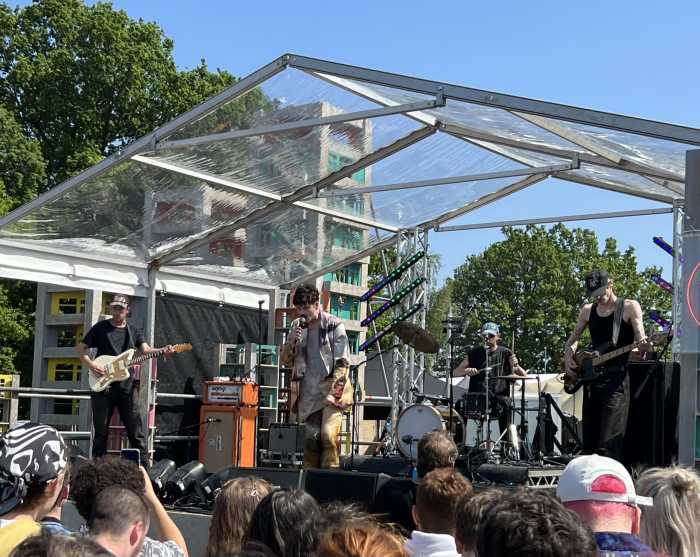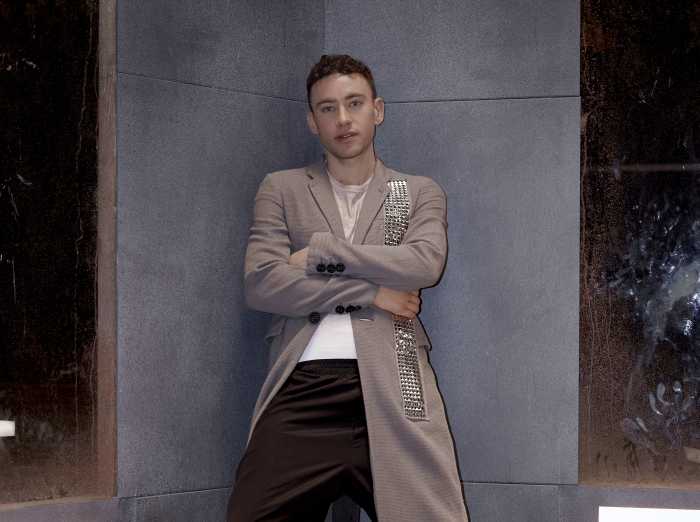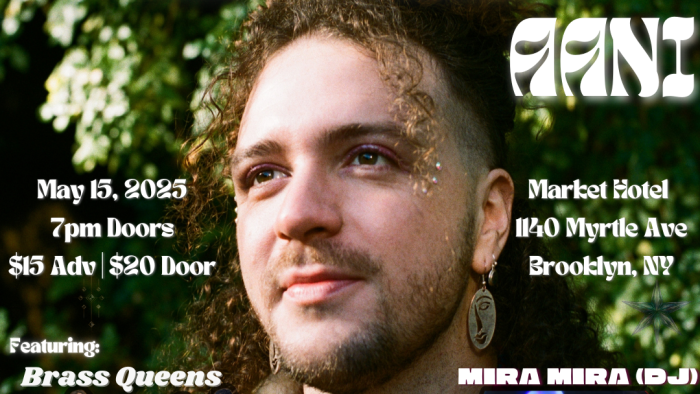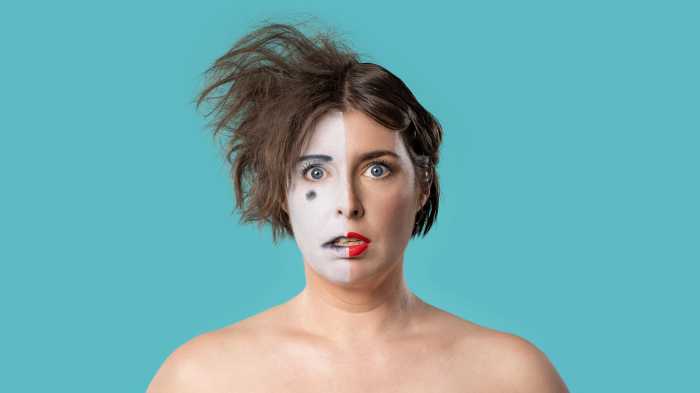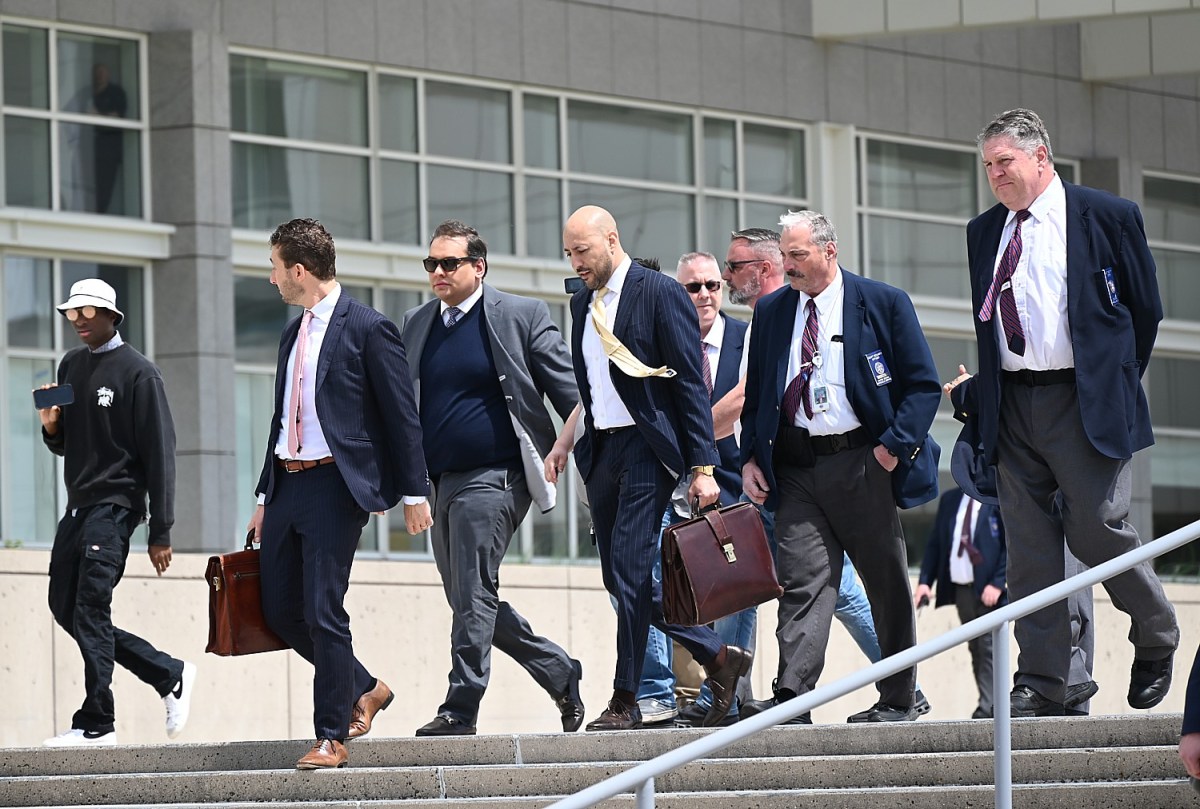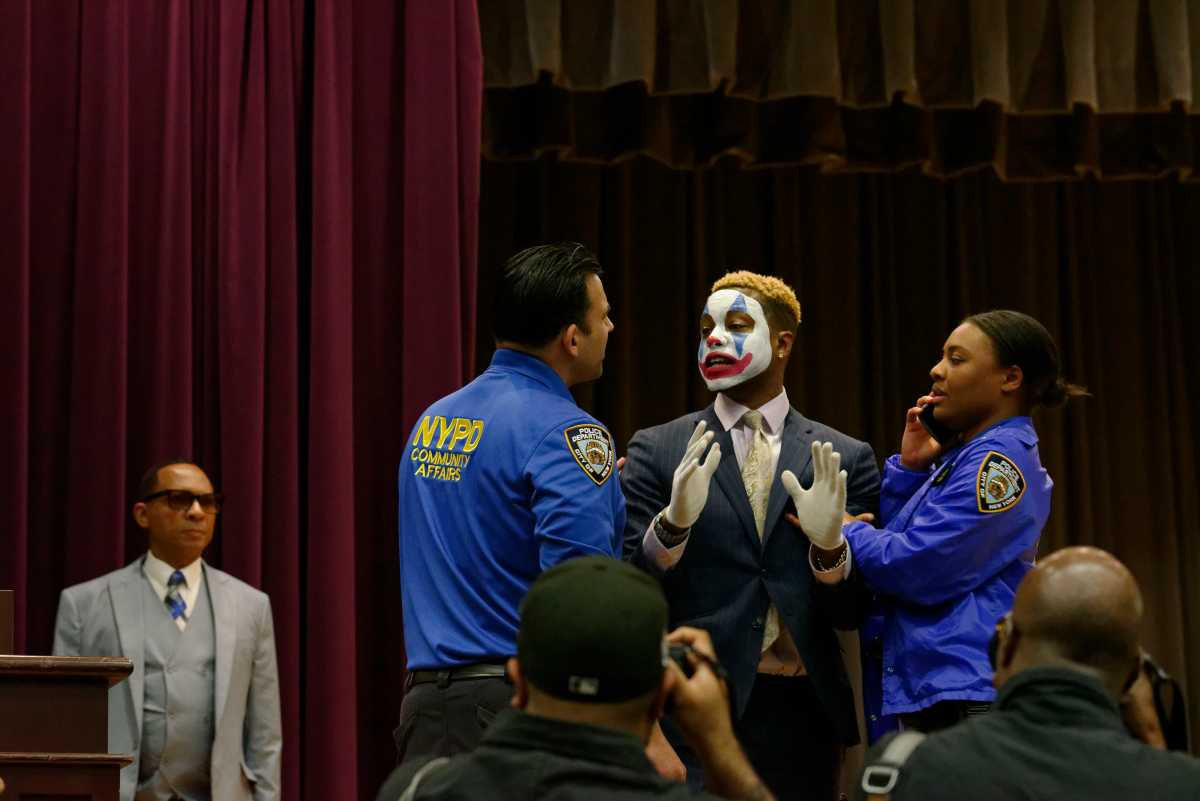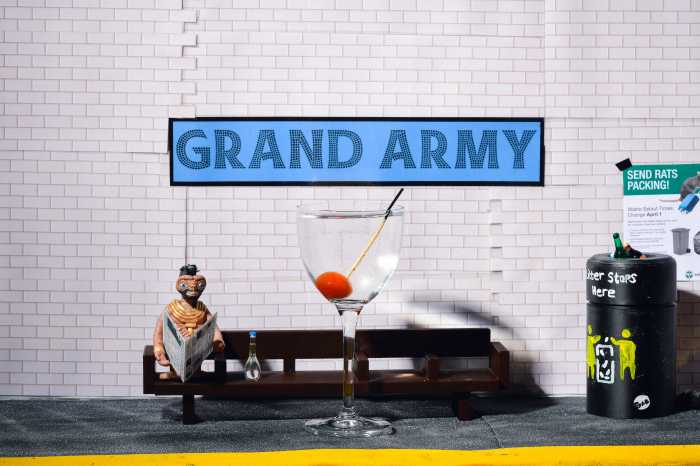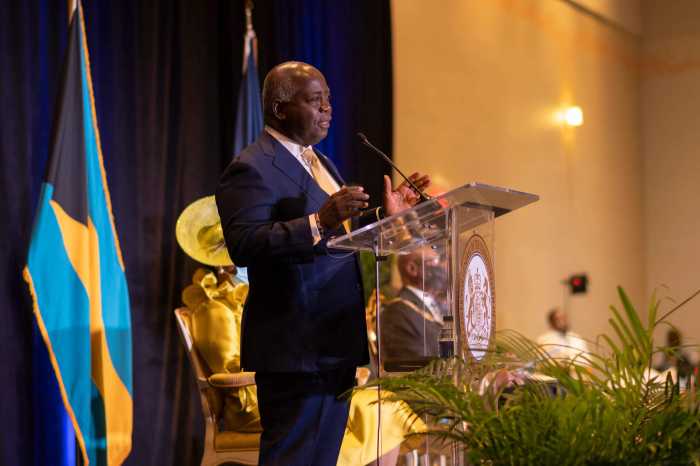Chicago troupe proves its transformation in two weeks at Joyce.
By: GUS SOLOMONS JR
HUBBARD STREET DANCE CHICAGO
Joyce Theater
175 Eighth Ave. at W. 19th St.
Mon.-Wed. at 7:30 p.m.;
Thu.-Sat. at 8 p.m.; Sat. at 2 p.m.
Through Aug. 16
Tickets are $44;
$33 for Joyce members
joyce.org or 212-242-0800
Hubbard Street Dance Chicago, which first earned its reputation for musical theater and concert jazz dancing under founding director Lou Conte, has transformed into a contemporary repertory troupe of 20 high-powered dancers under the direction of Jim Vincent, who took over in 2000. The company is ensconced at the Joyce Theater for a two-week season of international choreography in two programs of works by Israel's Ohad Naharin, Spain's Nacho Duato, New York's Doug Varone, Japan's Toru Shimazaki, artistic director Jim Vincent, associate director Lucas Crandall, and company member Alejandro Cerrudo.
On opening night, August 4, Shimazaki's “Bardo” sets the tone for the evening. It's an athletic suite to short selections by Dead Can Dance — an eclectic mélange of African tribal and medieval-sounding musical snippets. Bryan J. O'Gara's active lighting shifts abruptly from exposed overhead backlight to intense side beams and back again, as the music restlessly changes from martial to romantic to ceremonial moods.
Although eye-pleasing, the lush flow of full-bodied, grounded, and percussive lyricism — showing decidedly European kinetic influences — never settles on a coherent meaning, due to the fragmentary nature of the music. The sleekly fluent dancing of Meredith Dincolo and Yarden Ronen in their duet, however, captures a moment of real emotion.
In Naharin's “Passomezzo,” muscular Terence Marling and delicate Robyn Mineko Williams trade robust phrases to equally brief musical selections, including the traditional “Greensleeves.” But here the dancers' relationship — now combative, now tender — follows a satisfying dynamic arc because of the brusque, inventive movement and skillfully articulated transitions.
The duet, commissioned by Nederlands Dans Theater in 1989, showcases Naharin's unique blend of surprising physical connections between bodies and pungent, oddball gestures. The dancers give it emotional urgency that resonates with ineffable meaning.
Cerrudo's choreographic knack was discovered in Hubbard Street's showcase “Inside/Out,” established by Vincent to develop new choreographers. “Extremely Close” is a glossily attractive setting of piano pieces by Philip Glass and Dustin O'Halloran that displays the budding dance-maker's hardy, kinetic appetite and savvy theatricality, which are highly influenced by — if not borrowed from — his previous association with Nederlands Dans Theater and Spain's Companía Nacional de Danza, where he cut his dancing teeth. The ballet might be seen as the choreographic equivalent of the musical phenomenon of sampling.
Gliding white panels constantly change the configuration of the space, framing brief encounters and revealing or concealing dancers as they move to and fro, backward and forward. A coating of white feathers covers the floor, creating a downy snowscape through which stocking-footed dancers skate perilously. In the central duet — danced on opening night by bare-chested Cerrudo (subbing for injured company veteran Jamy Meek) and Jessica Tong — features, among abundant, inventive couplings, a long kiss, during which the lip-locked lovers move, connected mouth to mouth.
But why? The moment is intriguing but passionless.
The closer, “Palladio” by artistic director Vincent, set to British composer Karl Jenkins's eponymous music, exploits the music's lush chromatic harmonies. (Jenkins's music is familiar to most Americans in the background of luxury car ads on TV.) The seductively accessible music, combined with Mara Blumenfeld's skin-baring, tasseled, loincloths, gives Vincent's roiling movement for all 20 dancers irresistible impact.
At the climactic musical crescendo, fabric swags that hang like a Baroque storm cloud above the stage suddenly drop, engulfing the dancers in a downpour of drapery. It's a theatrical gimmick that can't help leaving the audience momentarily breathless and happily impressed.
Program B, seen on August 6, offers a more intimate side of Cerrudo in “Lickety-Split,” his initial work for the company. Its first incarnation was a duet, which he has expanded to three couples. Cerrudo's Euro-style physical ingenuity is clearer here, backed by offbeat vocals by Devendra Banhart.
Crandall's “The Set” depicts a weird love triangle, in which mother and daughter vie for the attention of a would-be beau. The action takes place on and around an overstuffed sofa, and humor arises from acrobatic shenanigans by the horny, overbearing mom (danced in drag by lanky Cerrudo in a Victorian wig and voluminous skirt) and the abashed suitor (Marling) while he tries to pursue his intended (Shannon Alvis).
Doug Varone's “The Constant Shift of Pulse,” set to John Adams' turbulent “Hallelujah Junction,” is a dizzying cascade of whiplash motion. A close-knit tribe of 12 delivers Varone's vernacular of swinging lifts, glancing collisions, and collapses — verticality is a rare option — with refreshing buoyancy and dynamic relish.
Although Duato's large-scale “Gnawa,” set to a selection of Spanish music, doesn't gel structurally, the part Spanish folk, part modern dance opus gives its eight pairs of agile dancers another satisfying go at the kind of stretchy, sensuous, lyric movement in which they so delight.

